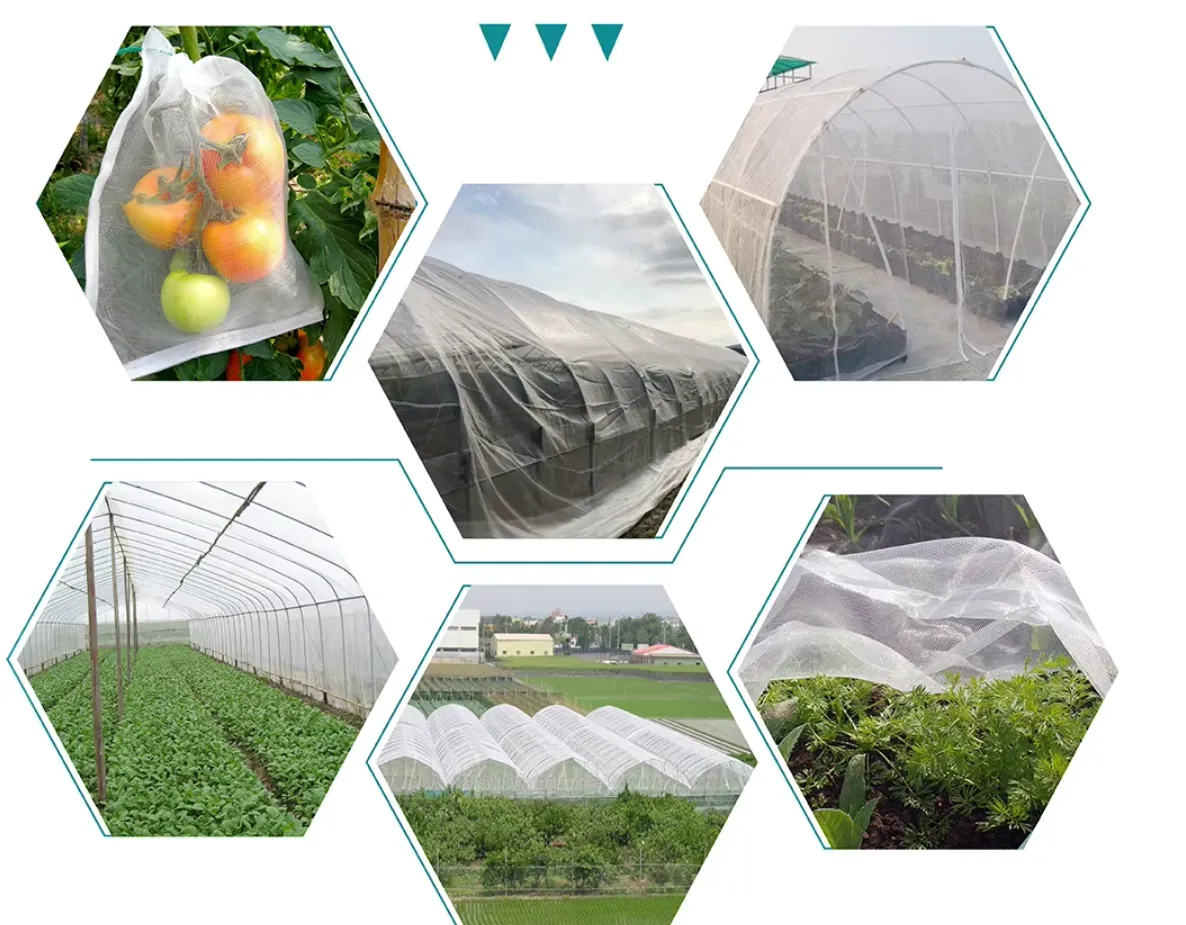-
 Afrikaans
Afrikaans -
 Albanian
Albanian -
 Amharic
Amharic -
 Arabic
Arabic -
 Armenian
Armenian -
 Azerbaijani
Azerbaijani -
 Basque
Basque -
 Belarusian
Belarusian -
 Bengali
Bengali -
 Bosnian
Bosnian -
 Bulgarian
Bulgarian -
 Catalan
Catalan -
 Cebuano
Cebuano -
 China
China -
 Corsican
Corsican -
 Croatian
Croatian -
 Czech
Czech -
 Danish
Danish -
 Dutch
Dutch -
 English
English -
 Esperanto
Esperanto -
 Estonian
Estonian -
 Finnish
Finnish -
 French
French -
 Frisian
Frisian -
 Galician
Galician -
 Georgian
Georgian -
 German
German -
 Greek
Greek -
 Gujarati
Gujarati -
 Haitian Creole
Haitian Creole -
 hausa
hausa -
 hawaiian
hawaiian -
 Hebrew
Hebrew -
 Hindi
Hindi -
 Miao
Miao -
 Hungarian
Hungarian -
 Icelandic
Icelandic -
 igbo
igbo -
 Indonesian
Indonesian -
 irish
irish -
 Italian
Italian -
 Japanese
Japanese -
 Javanese
Javanese -
 Kannada
Kannada -
 kazakh
kazakh -
 Khmer
Khmer -
 Rwandese
Rwandese -
 Korean
Korean -
 Kurdish
Kurdish -
 Kyrgyz
Kyrgyz -
 Lao
Lao -
 Latin
Latin -
 Latvian
Latvian -
 Lithuanian
Lithuanian -
 Luxembourgish
Luxembourgish -
 Macedonian
Macedonian -
 Malgashi
Malgashi -
 Malay
Malay -
 Malayalam
Malayalam -
 Maltese
Maltese -
 Maori
Maori -
 Marathi
Marathi -
 Mongolian
Mongolian -
 Myanmar
Myanmar -
 Nepali
Nepali -
 Norwegian
Norwegian -
 Norwegian
Norwegian -
 Occitan
Occitan -
 Pashto
Pashto -
 Persian
Persian -
 Polish
Polish -
 Portuguese
Portuguese -
 Punjabi
Punjabi -
 Romanian
Romanian -
 Russian
Russian -
 Samoan
Samoan -
 Scottish Gaelic
Scottish Gaelic -
 Serbian
Serbian -
 Sesotho
Sesotho -
 Shona
Shona -
 Sindhi
Sindhi -
 Sinhala
Sinhala -
 Slovak
Slovak -
 Slovenian
Slovenian -
 Somali
Somali -
 Spanish
Spanish -
 Sundanese
Sundanese -
 Swahili
Swahili -
 Swedish
Swedish -
 Tagalog
Tagalog -
 Tajik
Tajik -
 Tamil
Tamil -
 Tatar
Tatar -
 Telugu
Telugu -
 Thai
Thai -
 Turkish
Turkish -
 Turkmen
Turkmen -
 Ukrainian
Ukrainian -
 Urdu
Urdu -
 Uighur
Uighur -
 Uzbek
Uzbek -
 Vietnamese
Vietnamese -
 Welsh
Welsh -
 Bantu
Bantu -
 Yiddish
Yiddish -
 Yoruba
Yoruba -
 Zulu
Zulu
anti hail
The Dangers of Hail and Anti-Hail Measures
Hailstorms are one of nature's most fascinating yet destructive phenomena. Known for their sporadic and violent nature, hail can wreak havoc on agriculture, property, and even human safety. As climate change continues to alter weather patterns, the frequency and severity of hailstorms are becoming increasingly unpredictable. Consequently, there is an urgent need for effective anti-hail measures to mitigate the risks associated with these storms.
Hail is formed in cumulonimbus clouds when supercooled water droplets collide with ice nuclei. This process can lead to the creation of hailstones, which can vary in size from tiny pellets to large stones the size of golf balls or even larger. The impact of hail can be devastating; agricultural crops can be destroyed, vehicles can suffer significant damage, and properties can experience costly repairs. In regions dependent on agriculture, hail damage can lead to severe financial losses for farmers, potentially jeopardizing their livelihood.
The Dangers of Hail and Anti-Hail Measures
Another approach to combat hail damage is the use of protective structures. This can include installing hail nets or shelters over fields to protect crops from direct impact. These barriers can significantly reduce crop loss and are particularly beneficial in regions with a history of severe hailstorms. However, the cost of installation and maintenance can be substantial, leading some farmers to forgo these preventative measures despite the potential benefits.
anti hail

In urban areas, anti-hail measures might include improving weather forecasting and alert systems. Advanced technology now allows for real-time monitoring of weather patterns, enabling communities to prepare for impending storms. Early warning systems can alert residents and businesses, allowing them to take necessary precautions, such as moving vehicles to safe locations or securing vulnerable structures.
Insurance also plays a crucial role in managing the risks associated with hail damage. Agricultural insurance policies can offer farmers financial protection against crop losses due to hailstorms, providing them with a safety net in case of unforeseen weather events. Increasing public awareness and understanding of hail risks are essential in promoting the adoption of such insurance policies.
As climate change continues to impact weather patterns globally, the need for robust anti-hail initiatives becomes ever more critical. Scientists, policymakers, and communities must work together to develop innovative solutions to combat the dangers posed by hailstorms. Continued research into cloud seeding and improvements in weather forecasting can lead to more effective strategies.
In conclusion, hail poses significant threats to agriculture, infrastructure, and safety. While various anti-hail measures exist, there is no one-size-fits-all solution. Combining traditional methods with new technologies and community engagement is essential for developing a comprehensive approach to mitigate the impacts of hailstorms. By investing in research and infrastructure, communities can better prepare for and respond to the unpredictable nature of hail, ultimately reducing its destructive consequences.
-
Shipping Plastic Bags for Every NeedNewsJul.24,2025
-
Safety Netting: Your Shield in ConstructionNewsJul.24,2025
-
Plastic Mesh Netting for Everyday UseNewsJul.24,2025
-
Nylon Netting for Every UseNewsJul.24,2025
-
Mesh Breeder Box for Fish TanksNewsJul.24,2025
-
Expanded Steel Mesh Offers Durable VersatilityNewsJul.24,2025











